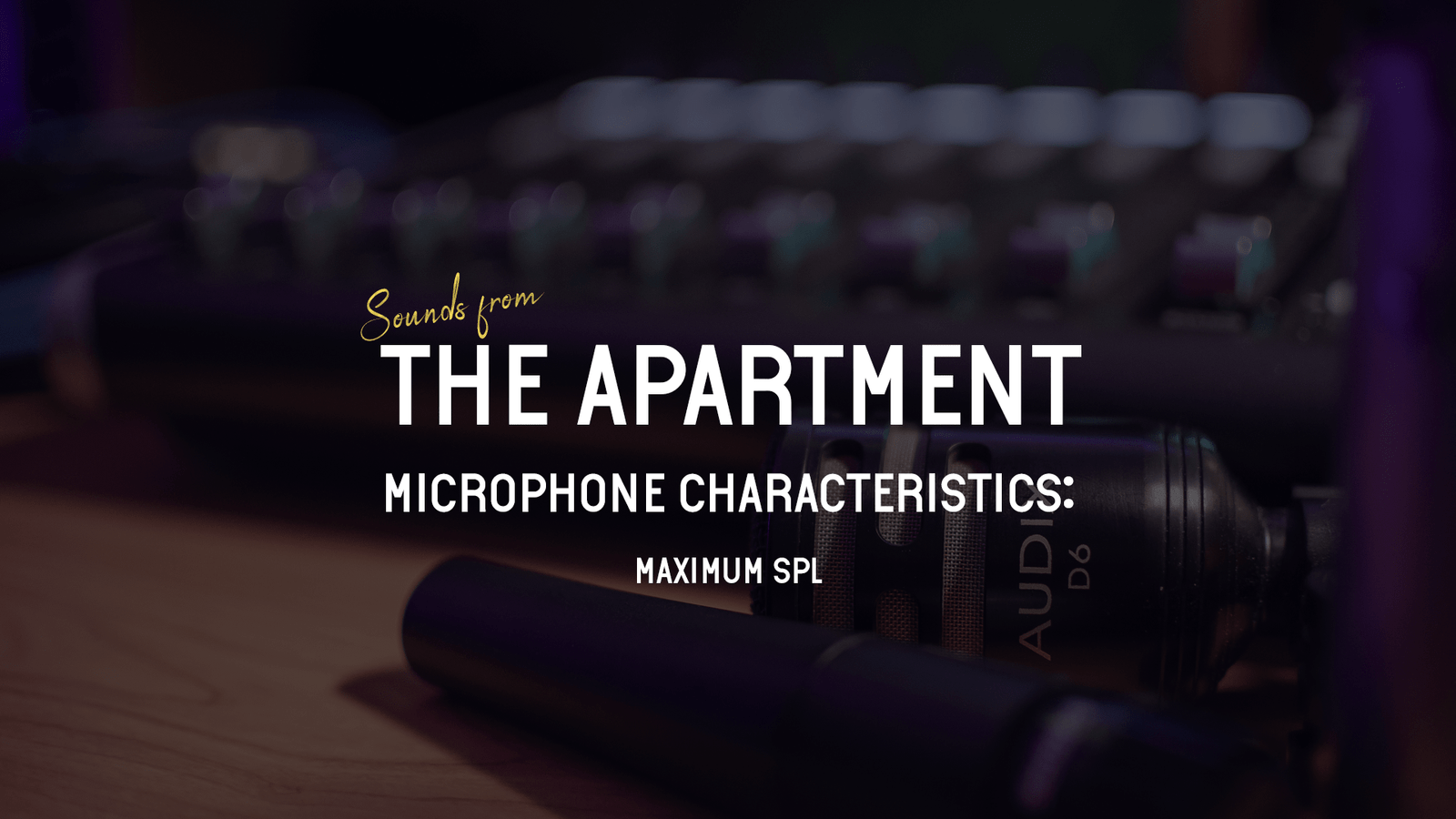Hey you! Welcome back to the Microphone Characteristics articles! This week we will be looking at what Maximum SPL means for a microphone and how can we use it to our benefit!
What is the definition of Maximum SPL?
Very simply Maximum SPL indicates the highest sound pressure level a microphone’s circuit can handle without distorting.
This is measured at 1KHz and the reference threshold is 0.5% of Total Harmonic Distortion (THD)
The Maximum SPL allows us to decide the proper use for the microphone. Obviously the higher it is, the easier it will handle loud sound sources such as a kick drum or brass instruments!
Most of the modern microphones, can handle above 140 dB SPL with ease. It’s extremely unlikely that you are going to record a sound that is going to surpass that in a home studio situation.
If you are using dynamic microphones at a live gig, again that should not be a problem as the dynamic microphones have a physical limitation to their Maximum SPL and that is their diaphragm itself.
The movement flexibility of the diaphragm is frequency dependant. Like all objects in this world, a diaphragm has a resonant frequency, and that is when that movement reaches its peak.
Considering that the low frequencies have the ability to carry more energy when compared to the higher frequencies, we can easily conclude to the fact that they will cause a larger movement to the diaphragm which eventually means that lower frequencies will be able to distort a microphone capsule at a lesser SPL rather than the high.
Still, if you use your microphones with wisdom, you should be able to avoid this from happening!
Are you getting more excited about the Microphone knowledge you are gathering from these articles? Leave your comments below and of course on our Instagram and Facebook pages!
Click here to discover more tips on how you can manage your home studio in a better way! If you are the video type of person, subscribe to our YouTube channel!
Till next week! See ya!

